The museum on the hill of Capodimonte, established in 1957, boasts a historical origin linked to the birth of the independent Kingdom of the Two Sicilies.
That site still completely devoid of buildings in the area of St. Carlo all'Arena, outside the walls, but incorporated into the city by the very northward movement of the walls wanted by don Pedro de Toledo.
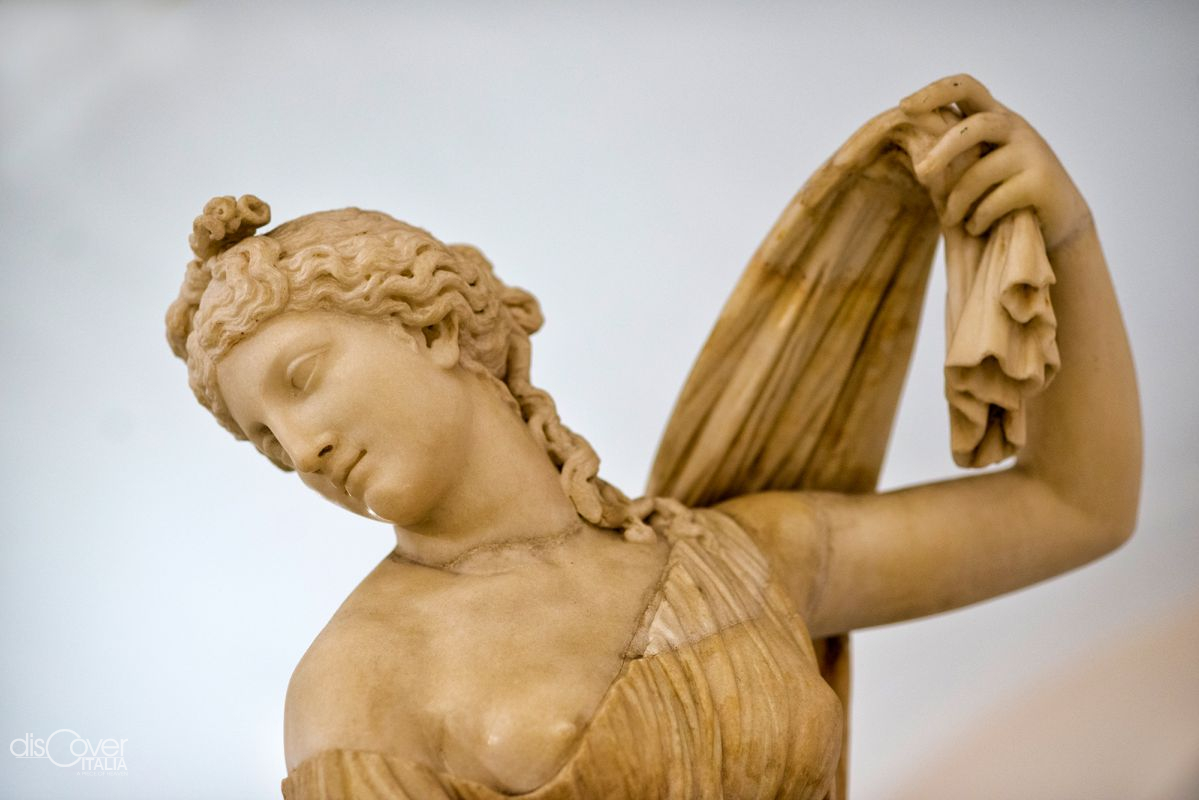 Under his successor Pedro Giròn seemed ideal for the architect Giovanni Vincenzo Casale to build there the new stables commissioned by the state.
Under his successor Pedro Giròn seemed ideal for the architect Giovanni Vincenzo Casale to build there the new stables commissioned by the state.
It was 1585 when the construction of the work began, but it was destined to fail. It remained indeed unfinished and, just after a few decades, even its utility was questioned. Meanwhile, at the beginning of the new century, a new church was erected nearby, dedicated to S. Teresa, on the land that housed the ancient necropolis of the city of Partenope.
Between 1610 and 1615 that the architect Giulio Cesare Fontana thought of transforming the incomplete stables into the seat of the University. The new Palace of the Studies had an imposing and refined appearance, thanks to the decorations that enhanced the different elements of the facade, where different niches with statues alternate with the windows.
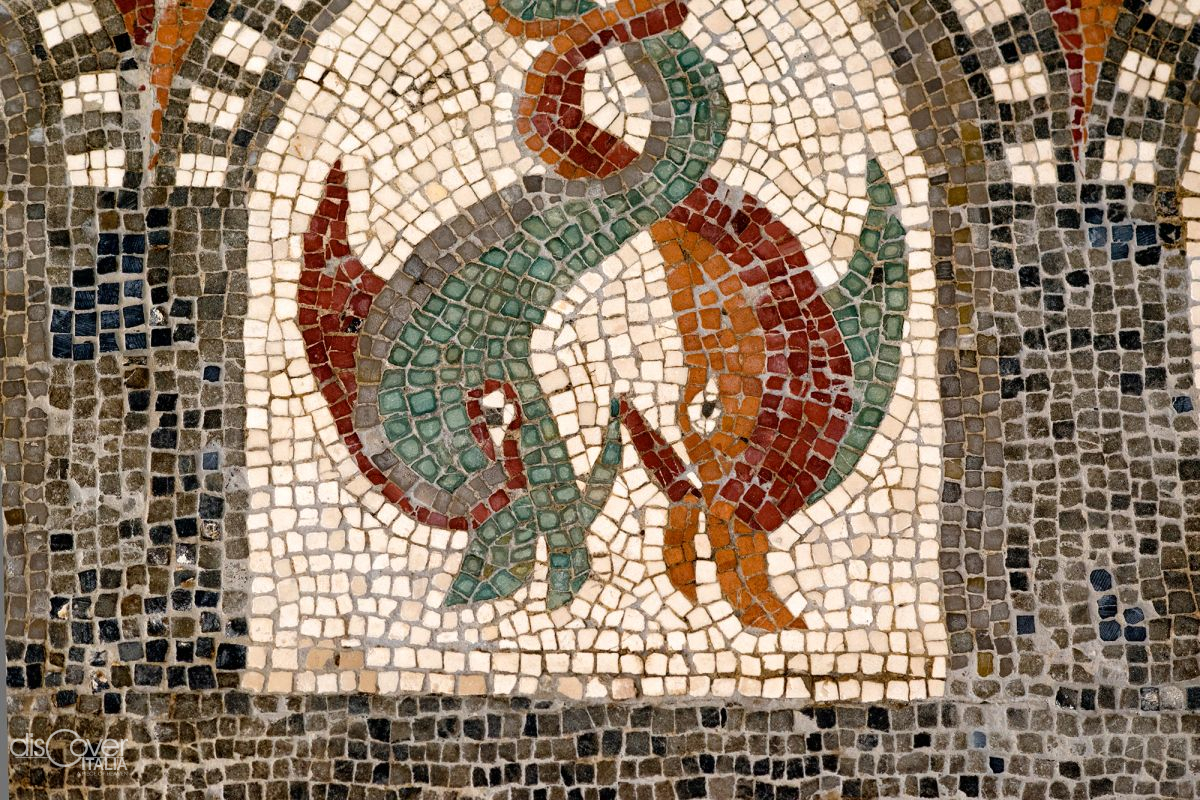
A decisive change was to come a century and a half later in 1777, following the transfer of the university to the Real Convitto del Salvatore. In those years, the two most famous architects of the moment, Ferdinando Fuga and PompeoSchiantarelli designed a new metamorphosis: expanding the building to make it the seat of the Museum guaranteeing accommodation for the Farnese Collection, transferred to Naples already at the time of king Charles of Bourbon and the findings emerging from the excavations of the Vesuvian area. The building, once completed, enlarged with an extra floor and with a way more sever aspect, with dark piperno pilasters, the only prominent element on the Pompeian red background could house the Hercolanese Musem, which until then was located in the Royal Palace, the Public Library, the three Schools for the Fine Arts and the room for the study of the Nude. A concentrate of extraordinary cultural activities, destined in the following years to a further evolution: on February 22, 1816, King Ferdinand I established the Royal Bourbon Museum, in which he succeeded in placing all the works of the Farnese Collection, inherited from his grandmother Elisabetta Farnese and long since transferred to Naples from Rome.
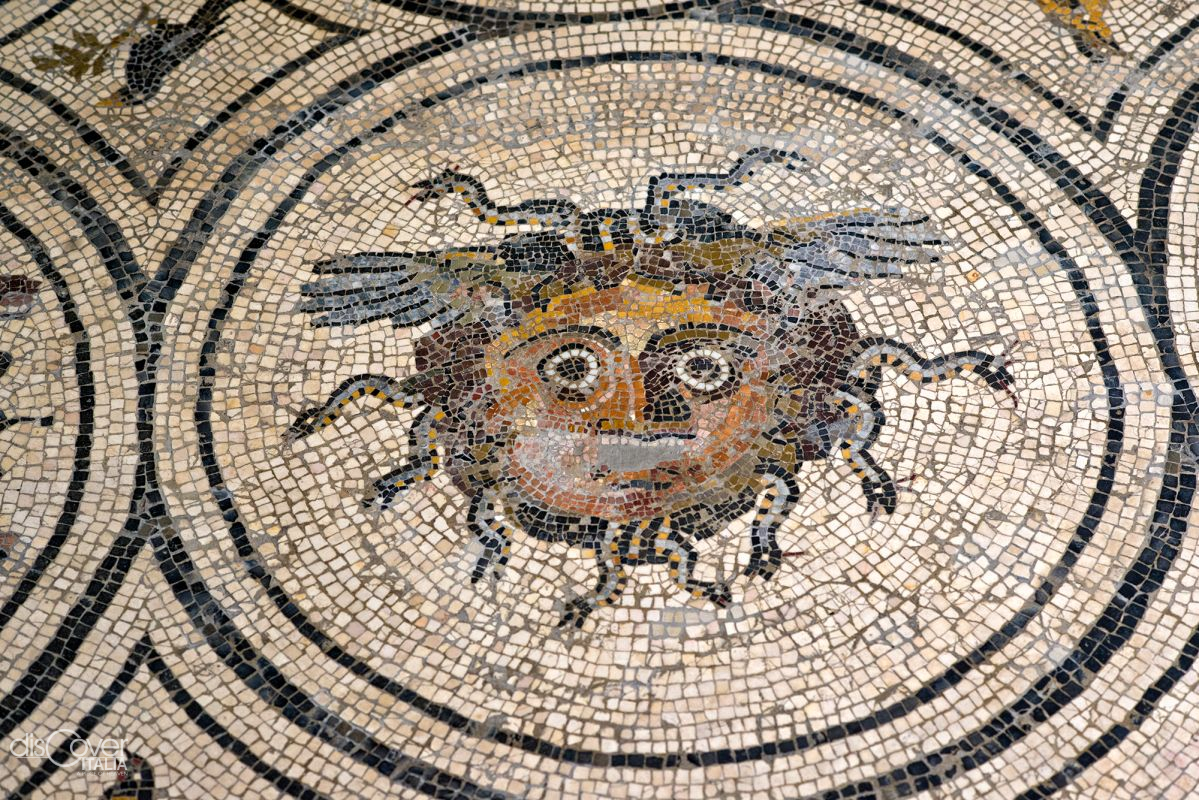
Between 1821 and 1825 already, the architect Pietro Bianchi directed a restoration of the building, expanding the northeastern wing. The great Antonio Canova created a statue of Minerva as tribute for the sovereign, which was placed in a niche created in the center of the spectacular staircase of the building. Which over time was increasingly characterized by the antiquity of the collections and materials concentrated there. Also thanks to the donations of private collectors. And to make room for new collections and findings from excavations underway in the kingdom, the art schools, the picture gallery and other functions that were not in line with the increasingly pronounced archaeological connotation of the museum were moved elsewhere. It became "national" with the unification of Italy. A peculiarity that was definitively recognized only in 1957 when, after a long and complex post-war reorganization, the National Archaeological Museum of Naples was born, now also known by the acronym MANN.
The Collections
That of Naples, is one of the largest and most important archaeological museums in the world. Twelve thousand square meters of exhibition space, corresponding to capacious deposits housing 270 thousand exhibits, including masterpieces no less significant than the pieces already in the sections open to the public.
The oldest exhibition of the museum dates back to the early decades of the 19th century, cured by Michele Arditi, who spent for that first arrangement, according to mainly typological criteria, over twenty years. Then, again, after the unification of Italy, it was Giuseppe Fiorelli who ventured into the enterprise, followed in the early 1900s by Ettore Pais, who mainly dealt with individual collections.
Among all, the Farnese Collection is the core around which the Neapolitan museum was built and increased from the its very origin. Begun by Alessandro Farnese then Pope Paul III, it also includes the fruit of the excavation of the Baths of Caracalla in 1545, including the gigantic and famous sculptures of Hercules and the Bull. The recent reorganization of the main sections of the MANN tried to relocate the pieces as they were exhibited in the Roman residences of the Farnese family before their transfer to Naples.
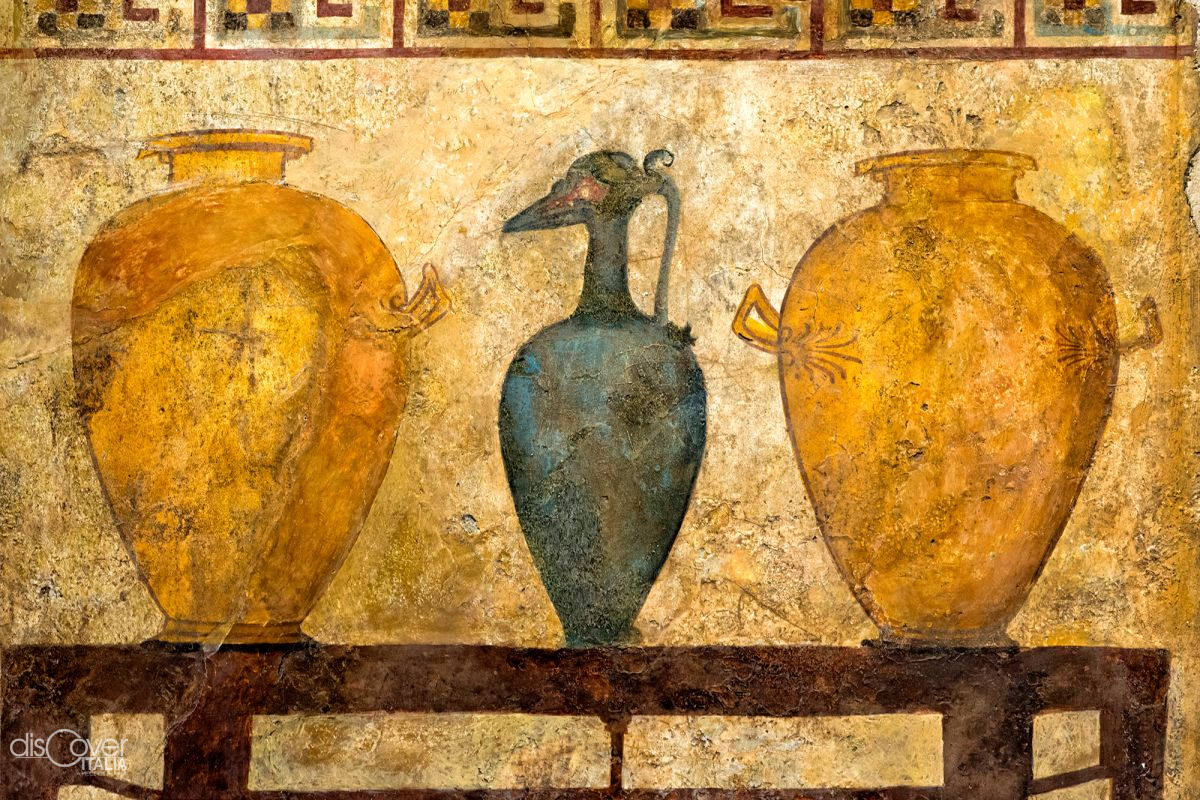
The MANN bears a unique heritage of Roman antiquities thanks to the findings brought to light in the Vesuvian sites since their archaeological discovery at the time of Charles of Bourbon. Of extraordinary value is the collection of Pompeian frescoes, a veritable compendium of Roman wall painting in the Vesuvian sites between the first century BC. and the 1st century AD, with a rigorous reconstruction of the original contexts, of the different styles and of the corresponding painting techniques.
Third in the world after those of Cairo and Turin, the Egyptian collection of Naples was created between 1817 and 1821 thanks to acquisitions from important private collectors together with the products of the excavations in the Vesuvian and Phlegraean areas. The new exhibition follows five thematic sections: sphere of power, world of the dead, cults and magic, socio-economic organization.
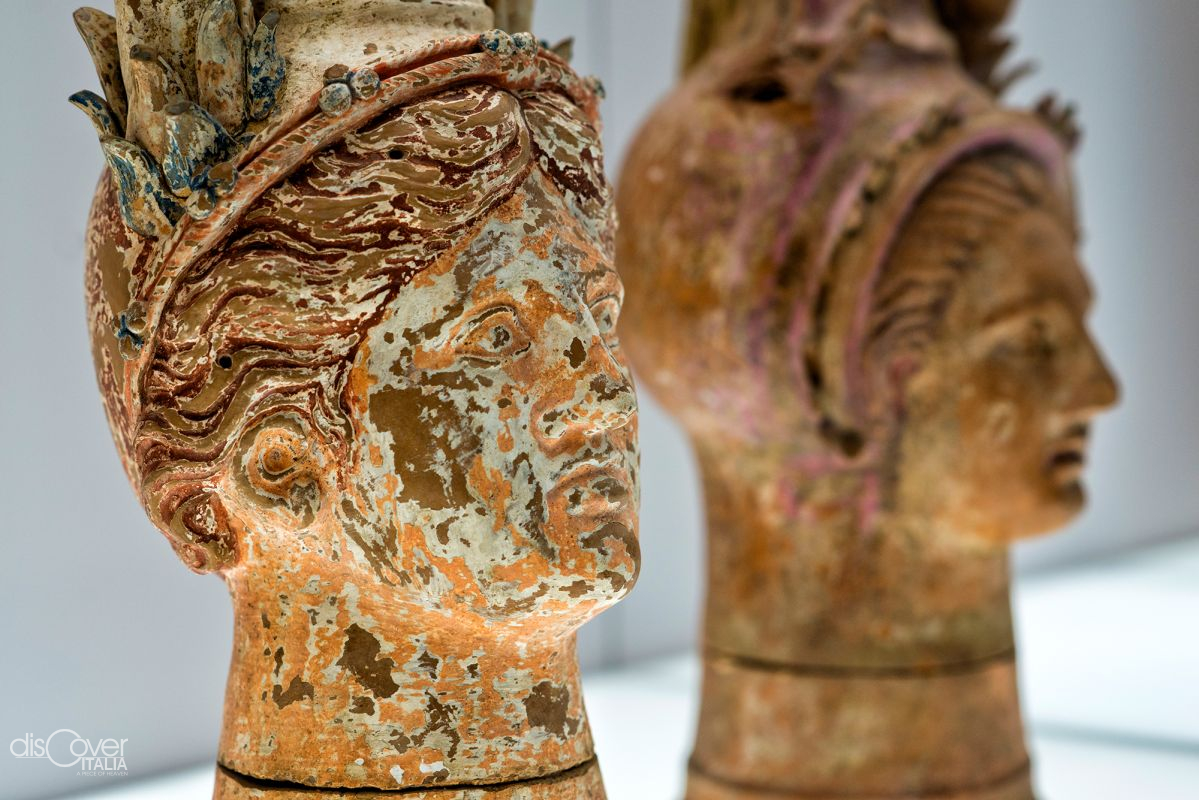
Born with the museum was the vast collection of Magna Graecia, formed with the materials returned from the excavations in the Magna Graecia archaeological sites just discovered in Paestum, Locri, Canosa Ruvo, Metaponto and Taranto. Various private collections were added to this nucleus, which gave MANN thousands of findings, including masterpieces such as the craters from the so called tomb of the Vase by Dario da Canosa, the funerary slabs from the Tomb of the Dancers in Ruvo and goldsmith treasures from Cuma and from Taranto. The recently reworked exhibition itinerary in this section highlights the historical phenomena related to Greek colonization and interaction with indigenous peoples from the end of the 8th century to the Roman conquest of the 3rd century BC.
Of absolute value are also the Prehistoric Section, the epigraphic, numismatic, mosaic and gem collections, the topographic sector. The constantly evolving museum also housed the products of archaeological findings from the 2000s, linked to the settlements of the populations of the Piana Campana and witnesses of their cultural, economic and social relationships and interactions. And the historic Secret Cabinet is also open to the public, so baptized by the Bourbon kings who admitted only very few guests, with 250 findings with an erotic background from Pompeii and Herculaneum.
Underground, below the large MANN complex, at the Museo subway stop, is the Neapolis station, under the authority of the museum above, where are displayed the findings brought to light by the excavations for the construction of the other metro stations in the city center.
Information
Opening hours: the museum is open daily, except Tuesdays, from 9:00 a.m. to 7:30 p.m.
Full price ticket: 22€
Reduced ticket: 2€
Copyright video, foto e testi © 2020

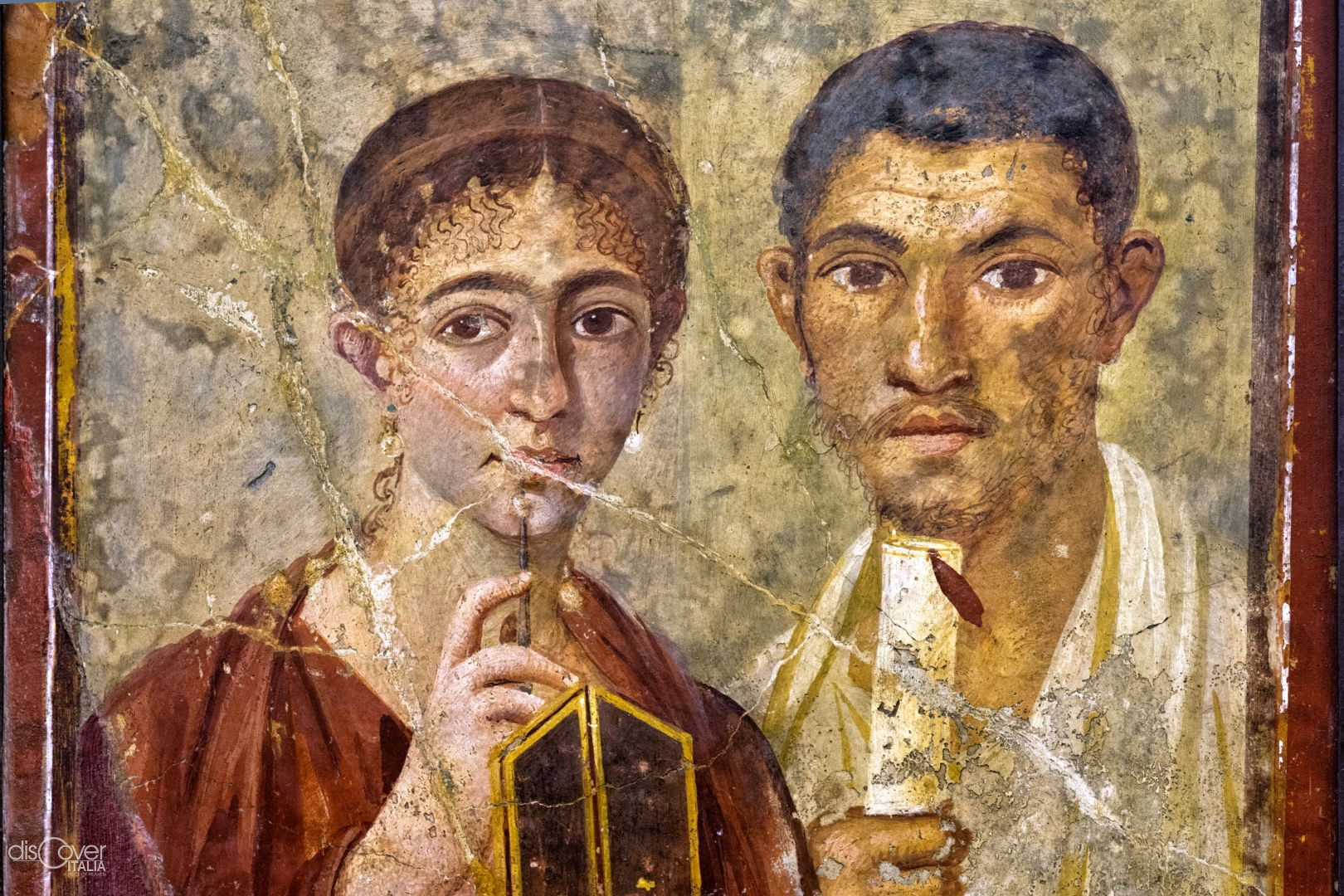

Comments powered by CComment